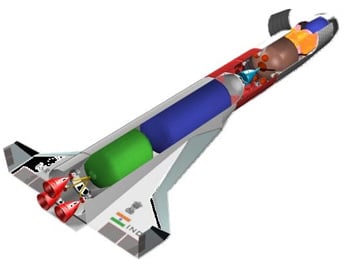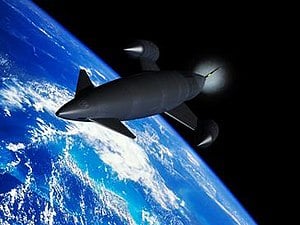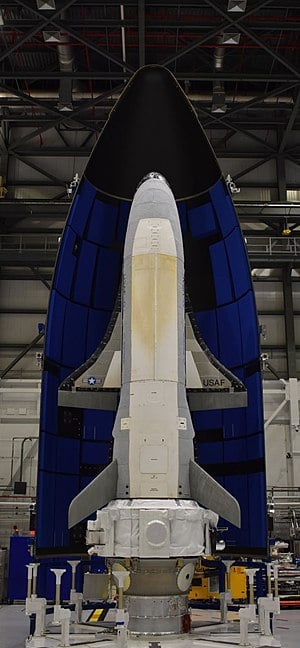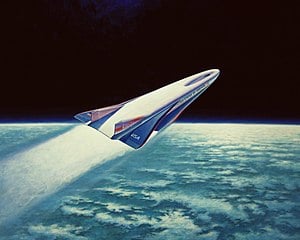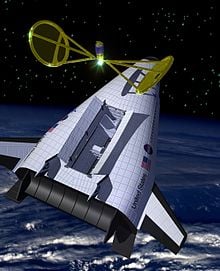NASA is making the final preparations to recover samples from an asteroid that a spacecraft will bring back to Earth in September.
NASA is making the final preparations to recover samples from an asteroid that a spacecraft will bring back to Earth in September.
Teams conducted a dress rehearsal Aug. 30 of the recovery of the sample return capsule from NASA’s OSIRIS-REx mission. In the test, a helicopter dropped a replica of the capsule from an altitude of more than 2,000 meters. The capsule descended under a parachute to land at the Utah Test and Training Range west of Salt Lake City, where personnel went through procedures to get the capsule ready for transport to NASA’s Johnson Space Center.
“We put our teams in the field, in the environment they’re going to be in, using the communications tools and the equipment they’re actually going to use on the day of recovery,” said Rich Burns, OSIRIS-REx project manager at NASA’s Goddard Space Flight Center, during a briefing after the rehearsal.
The rehearsal was part of final planning for the return of the actual OSIRIS-REx capsule, which will arrive early Sept. 24. The capsule is carrying an estimated 250 grams of material from the asteroid Bennu that the spacecraft collected during a “touch-and-go” collection process in October 2020.
The goal of the mission, whose full name is Origins, Spectral Interpretation, Resource Identification, and Security – Regolith Explorer, is to return those samples to Earth for analysis by scientists, who hope the material will offer new insights into the formation of the solar system.
“Boy, is the science team excited to get that,” said Dante Lauretta, principal investigator for OSIRIS-REx at the University of Arizona, of the samples. “We’re going back to the dawn of the solar system.”
There are still several key milestones before those samples are in the labs of Lauretta and other scientists. The spacecraft is scheduled to perform a maneuver Sept. 10 that will line its trajectory up with the Utah Test and Training Range. Another maneuver a week later will further refine its trajectory, aiming for an elliptical region of 650 square kilometers within the range. “We have a relatively small area to fit in, but we’re highly confident we’ll hit that,” Burns said.
A final go/no-go decision will come just a few hours before OSIRIS-REx releases the capsule at about 108,000 kilometers from the Earth. “We have a very long four hours from release until reentry,” said Sandra Freund, OSIRIS-REx program manager at Lockheed Martin. The capsule will reenter at more than 43,000 kilometers per hour, slowing down during reentry and deployment of drogue and main parachutes to less than 20 kilometers per hour for landing, 13 minutes after reentry.
The main OSIRIS-REx spacecraft will perform a “divert” maneuver about 20 minutes after releasing the capsule to avoid reentering itself. It will pass the Earth at a distance of 800 kilometers, putting it on a trajectory for an extended mission to visit the asteroid Apophis shortly after it makes a close flyby of Earth in 2029.
If something goes wrong with the maneuvers setting up the reentry that might cause it to miss the landing ellipse or otherwise jeopardize safety of the capsule or people on the ground, NASA will not release the capsule, Burns said. In that case, OSIRIS-REx will swing by the Earth on a trajectory that will bring it back in two years to make another attempt.
Mission teams are preparing for other problems that might come up during reentry and landing, including those that cause the capsule to crash into the ground at high speed. That is not unprecedented: NASA’s Genesis mission collected samples of the solar wind, but its parachutes failed to deploy on reentry, causing the capsule to crash in Utah upon its return in 2004.
“We learned a lot from Genesis,” said Freund. “We are very confident that we have taken the lessons learned forward from Genesis into OSIRIS-REx.” However, she said that the team has trained for various contingencies if the capsule does not land intact to preserve as much of the sample as possible.
If all goes well, though, analysis of the samples will begin almost immediately after the sample container is delivered to a clean room at a curation facility at JSC. Lauretta said an Oct. 11 press conference will discuss initial analysis of the samples, followed by presentations at the Fall Meeting of the American Geophysical Union in December.
Lauretta, who has been involved with OSIRIS-REx since the mission was proposed nearly two decades ago, said he will be part of the teams in Utah recovering the samples. “I wanted to personally be out there to greet these pieces of Bennu to our home planet, welcome them to the curation facility at Johnson Space Center and get them ready for the adventure we’re about to put them on.”
archive link: https://archive.ph/DhV6l
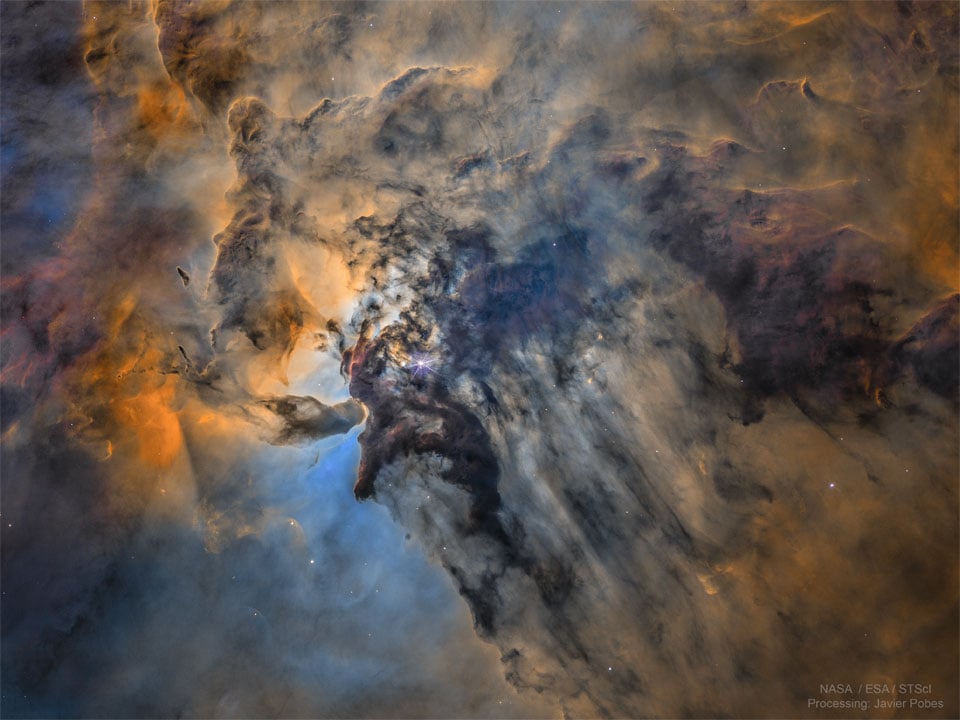 The Busy Center of the Lagoon Nebula
The Busy Center of the Lagoon Nebula
